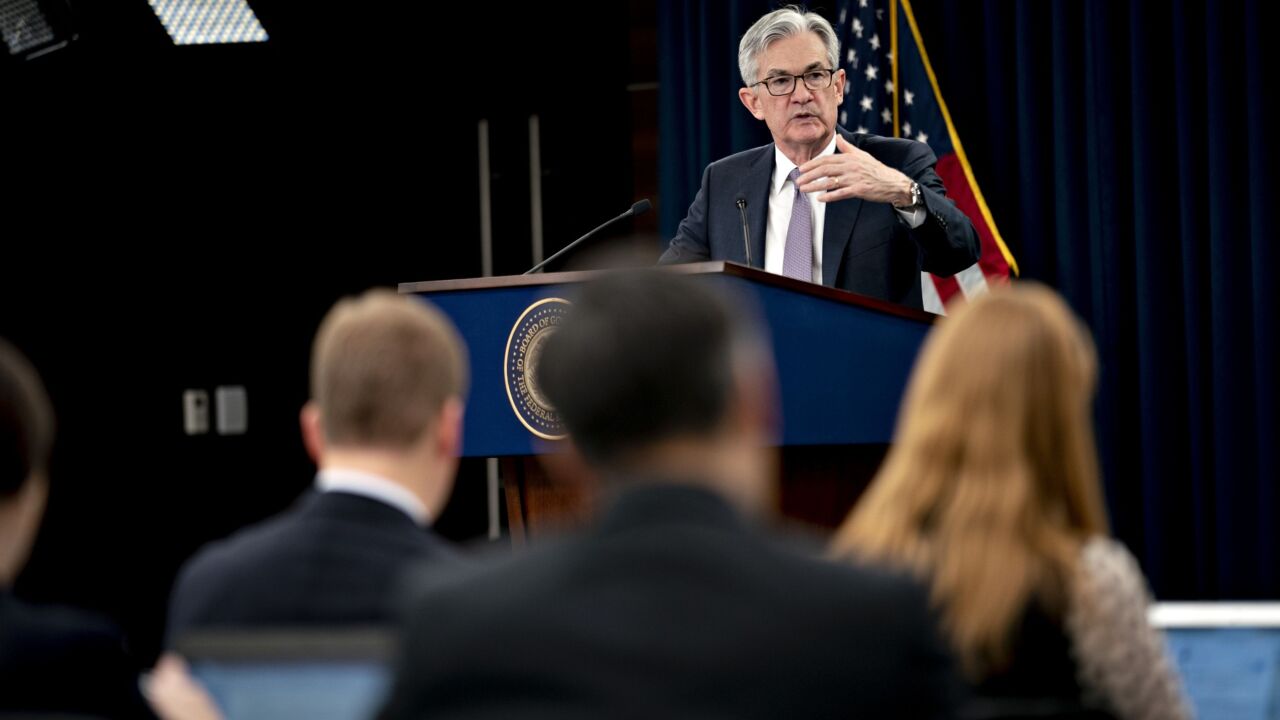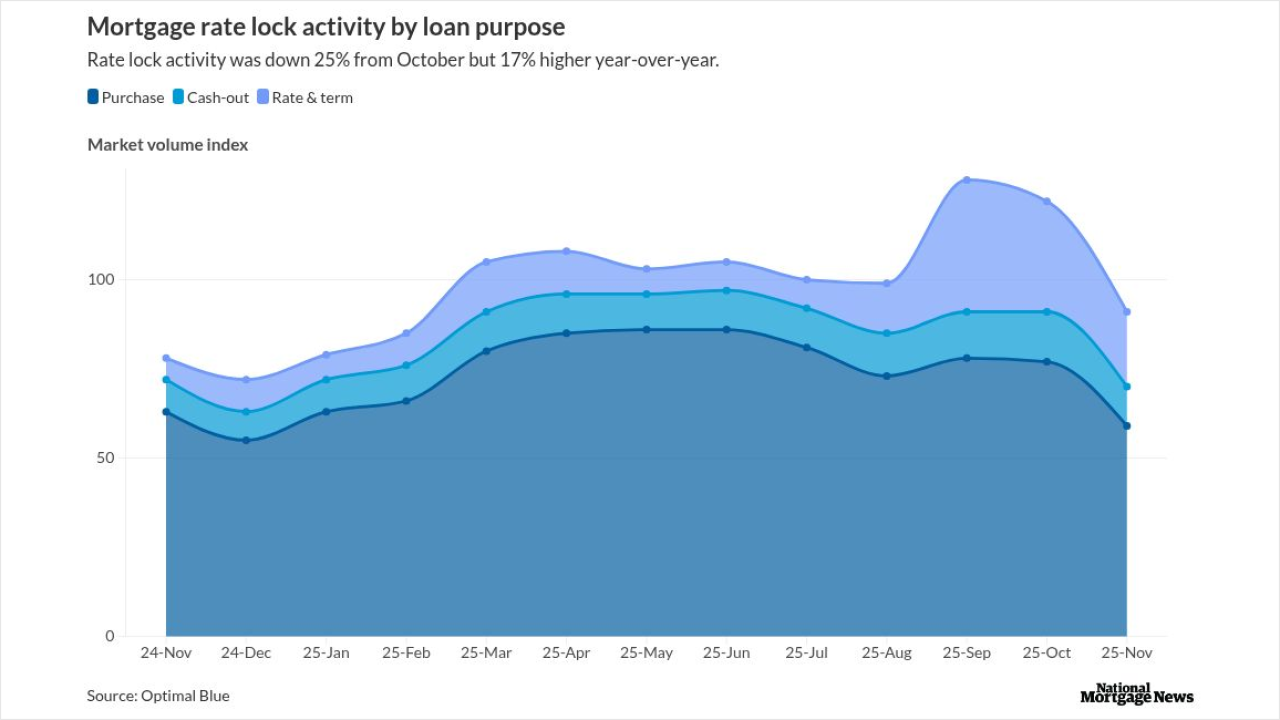The U.K.’s efforts to disentangle itself from sterling Libor by year-end just went up a gear.
Starting Thursday, firms should stop issuing new loans, bonds and securitizations tied to the discredited benchmark, according to the Bank of England. It’s ramped up the pressure in recent days, warning bankers that continued use is a risk for business and could cost them their bonuses.
The process will be closely watched in the U.S. where firms have until year-end at the very latest to cease issuing any new Libor products. Britain’s cutoff will offer a test case about how to force out a rate that still underpins hundreds of trillions of dollars of assets around the world.

“U.S. regulators have been relatively hands-off compared to the U.K.,” said Blake Gwinn, head of U.S. front-end rates strategy at NatWest Markets. “Someone is going to have to get more forceful. When a regulator says, ‘We are going to need the names of individuals responsible and to see plans or else,’ that tends to get things moving faster.”
In a coordinated move, from Thursday the BOE will begin
The net is also tightening on the vast derivatives industry. Firms should stop issuing Libor-linked linear instruments, which include interest rate swaps, unless they need to manage risk, the central bank said. A
Britain has already made progress in retiring the London interbank offered rate, which has been tainted by manipulation scandals and is being phased out globally. The amount of outstanding bonds pegged to its replacement, the Sterling Overnight Index Average, or Sonia, is almost double that linked to the legacy benchmark.
Regulators are hoping that number will rise as the ban on new debt kicks in, and are intensifying scrutiny to make sure there’s no slippage before the final year-end deadline.
“This is a transformational moment in the sterling loan market where Libor has played an integral part,” said Bobby Butcher, a managing associate at Linklaters LLP in London. “Whilst it probably won’t be the smoothest transition, market preparedness has certainly accelerated over the last two or three months.”
Since late 2019, new floating-rate notes and securitizations have been
Standardized legal forms to help the lending market transition meanwhile were only published as late as this week.
On derivatives, Britain is also far ahead of its peers. In February, trading activity pinned to Sonia stood at
The BOE’s move on Libor debt could put a further dent in the benchmark’s hold.
“The derivatives market is reactive, it will hedge sterling Libor or Sonia, depending on the market need,” said
Similar changes are now coming in the U.S. The Federal Reserve has been intensifying its scrutiny of banks and
Since Wednesday, dealers should be quoting derivatives using SOFR rather than dollar Libor, according to best practice guidance from the
“That’s fair but a really ambitious target,” said Priya Misra, global head of interest rate strategy at TD Securities, adding that she hopes SOFR use will pick up in the cash market and have a knock-on effect for derivatives. “It is a much bigger market in the U.S., so there are tons of legacy Libor hedging needs.”



